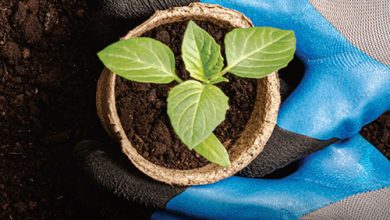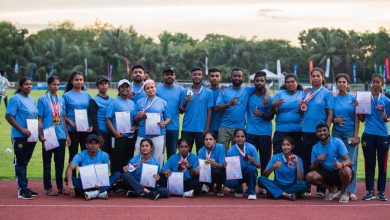SAMPATH BANK
Q: What strategies has Sampath Bank employed to become a beloved brand while driving financial innovation?
A: For decades, Sampath Bank has been able to carve out a base of beloved customers because we as a bank have understood that to get value, you need to give value. We have been at the forefront of banking innovations, driving greater convenience and accessibility for our customers while also spearheading the banking sector.
In 1988, we were the first to launch the ATM in Sri Lanka, which has helped Sampath Bank take on the role of being the most innovative in the banking arena for the entire nation. In 1997, we launched South Asia’s first debit card and in 2021, were the first bank to launch ‘Touchless Cash Withdrawals’ to keep customers safe during COVID-19.
Our innovations aren’t centred on what we do but rather, what we do for our customers. We believe that every service we sell is a human problem solved and this ethos for innovation is what sets Sampath Bank apart from others.

Senior Deputy General Manager
Marketing & Customer Care
Q: In your view, how does branding add value to the bank?
A: In the past, branding was simply a tool to differentiate oneself from the competition but today, it has evolved into a communication channel itself.
At Sampath, we use branding as a touch point to communicate the values that we as a bank hold dear.
Having built our identity as one of the most innovative banks in the country, we understand that innovation is only how we do things and people are why we do it. This thinking was the birth of our ‘Pohosath Minissu’ campaign, which speaks about human values that believe in actions beyond transactions.
Q: How do you assess customer loyalty for Sampath Bank?
A: The meaning of the word ‘loyalty’ involves selecting the same brand rather than competing ones. In the context of banking, the notion of loyalty is different.
Banking has more barriers to switching, such as having to open an account, redirecting salary remittances and so on, making it harder to easily move to another bank unlike the biscuit category, which has no barrier to switching and is driven by variety seeking behaviour.
The way we assess loyalty is by having a customer not only open an account with us but also choose us for fixed deposits, cards, loans, digital banking and so on. As we know, most customers with savings accounts don’t necessarily have fixed deposits or loans with the same bank.
Q: How has the bank’s brand of CSR impacted its recognition as the Most Loved Bank in the country?
A: The CSR initiatives undertaken by the bank have played a pivotal role in this.
‘Wewata Jeewayak’ is the bank’s flagship CSR initiative. Launched more than 20 years ago, Wewata Jeewayak is a committed, coordinated effort to restore the traditional irrigation network and therefore, ensure a dependable supply of water for dry zone farmers to cultivate their paddy lands, and reap the harvests of both the Yala and Maha paddy seasons.
Through this programme, the bank undertook the responsibility of restoring 16 irrigation tanks up to January, uplifting the lives of many farmers across the country.
“Every service we sell is a human problem solved and this ethos for innovation is what sets Sampath Bank apart from others”
With the aim of improving oceanic biodiversity and reducing the impact of climate change, the bank launched ‘Sayurata Husmak’ (A Breath to the Ocean), an oceanic ecosystem restoration programme. As part of this initiative, we focussed on three main aspects – namely, turtle conservation, coral restoration and mangrove restoration – that greatly contribute to sustaining oceanic biodiversity for future generations.
Under this initiative, the bank collaborated with the Department of Wildlife Conservation to build hatcheries at Rekawa, which is situated on the southern coast of the island and is a well-known breeding zone for five types of endangered turtles in the world.
Furthermore, the coral replanting project kicked off in 2022 in Mirissa where we collaborated with environmentally conscious entities to transplant living corals.
For the mangrove restoration project, the bank acquired one hectare of land in the marshy areas of the Anawilundawa Wetland Sanctuary in the Puttalam District, and is working with Biodiversity Sri Lanka and the Department of Wildlife Conservation on a long-term project to convert the degraded land to a mangrove forest.
The bank launched the ‘Gasai Mamai Pubudu Pothai’ fruit sapling planting programme with the participation of schools located in the areas where its Wewata Jeewayak tank restoration programme is conducted. The core objective of this programme is to build environmentally conscious future generations.
– Compiled by Fazmina Imamudeen
Telephone 2303050/1332 | Email info@sampath.lk | Website www.sampath.lk






